Gemologist Guide to Identifying Sugilite
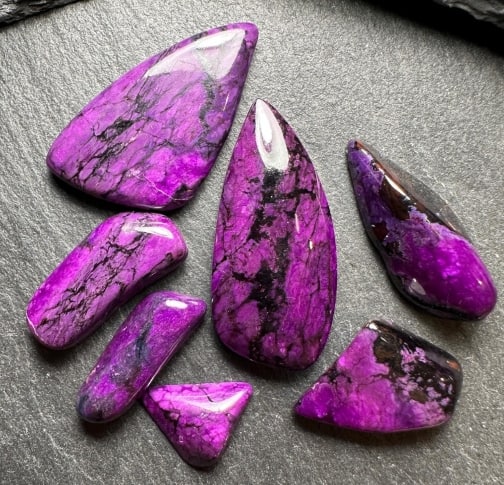
Sugilite is easy to identify because it has a vivid purple color with streaks of black mixed in. This material can be opaque or translucent and is used in bead making, carving, and other lapidary arts. It was originally discovered at the Wessels Manganese Mine and has a trade name of Wesselite but the most […]
Gemologist Guide to Identifying Charoite
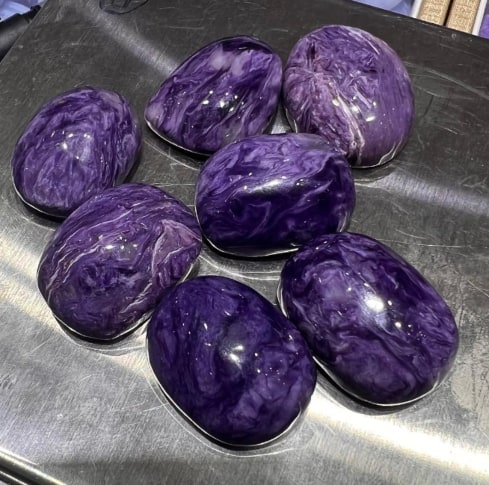
Charoite is a rock sought after by lapidary artists and gemstone carvers. It comes from the Chara River area in Russia and this is the only known location for this material. When looking at a polished stone you’ll notice the purple hues and a swirl-like pattern made up of fibrous crystals. This interlocking pattern of […]
Gemologist Guide to Identifying Moldavite
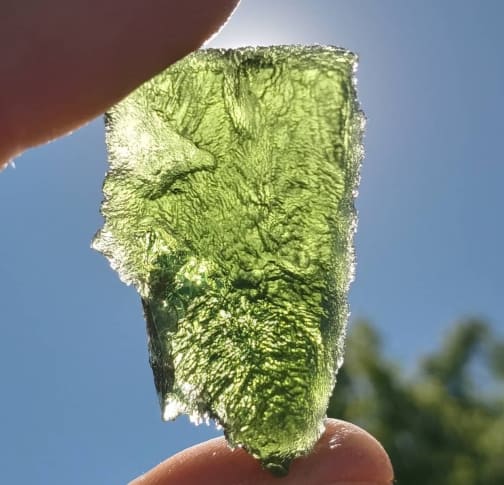
Moldavite is actually glass that was formed from the heat of an asteroid impact. While searching for moldavite at your local rock and mineral show you might come across similar stones under the name of vlatvin or bouteille stone. These are trade names given to moldavite by gem dealers. You can facet this material and […]
Gemologist Guide to Identifying Iolite
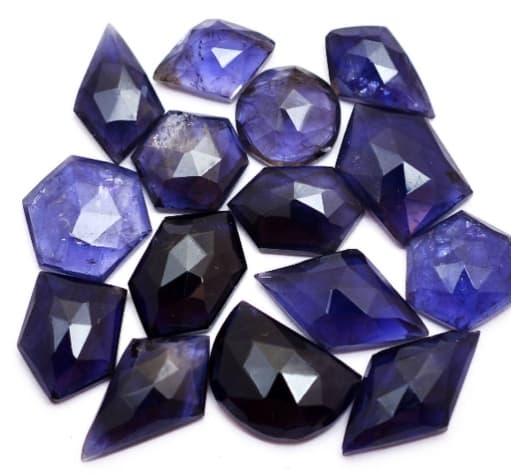
Iolite is the gemstone variety of cordierite and displays a light to deep blue color and occasionally you’ll notice a purple tinge. The more saturated stones demand a premium price but you run into clarity issues with this gemstone. Most material is heavily included which makes a high-clarity stone more valuable. The stones exhibiting a […]
How Much is Lapis Lazuli Worth?
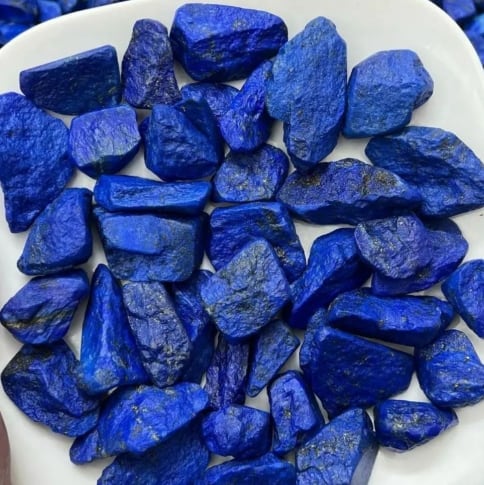
High-quality lapis lazuli is very affordable in sizes ranging from 1 – 10 grams and the cost per gram is between $5.00 to $65.00 per gram, 1-3 gram sized stones are priced between $5.00 to $15.00 per gram, and larger stones, are priced at $35.00 to $75.00 per gram. Lapis lazuli sourced from Pakistan is […]
Gemologist Guide to Identifying Danburite
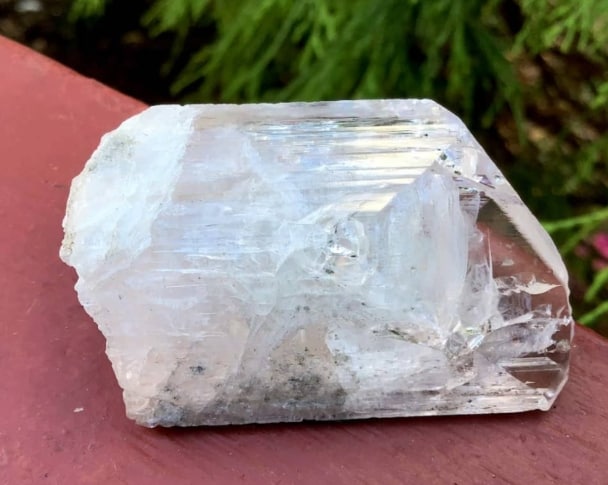
Danburite is very popular among crystal collectors and rock-hound enthusiasts. While the mineral isn’t rare, large faceted pieces are. Still, enough higher-grade material exists for lapidary artists and crystal connoisseurs. Crystals will range in size with slight color variations depending on where its mined. It’s not uncommon to see crystals with a light pink hue […]
Gemologist Guide to Identifying Apatite
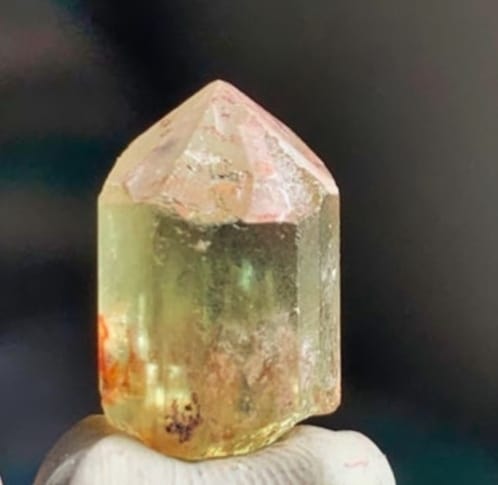
Apatite is popular amongst collectors and crystal enthusiasts but the general public rarely asks for it at a jewelry store. The limiting factor with apatite is its hardness which is 5. This leaves it susceptible to scratches at chips from general wear and tear. If you fall in love with the blue-green apatite then your […]
Gemologist Guide to Identifying Kunzite (spodumene)
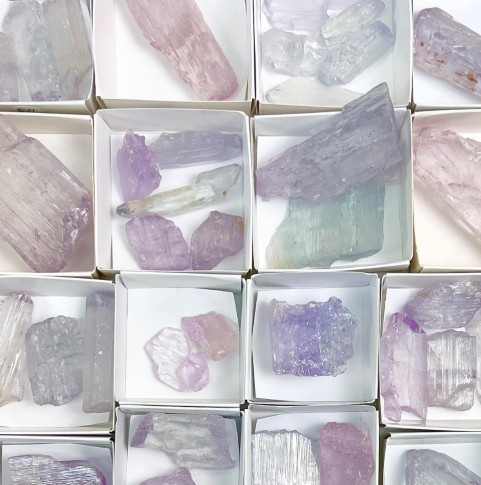
Kunzite is a mineral variety of spodumene and is named after the gemologist George Fredrick Kunz who was the first to identify it. Kunzite’s delicate color comes from trace amounts of manganese and the crystal displays a deeper color down the “C” axis while a pale color is visible on the “A” axis. Kunzite is […]
Gemologist Guide to Identifying Tanzanite (Zoisite)
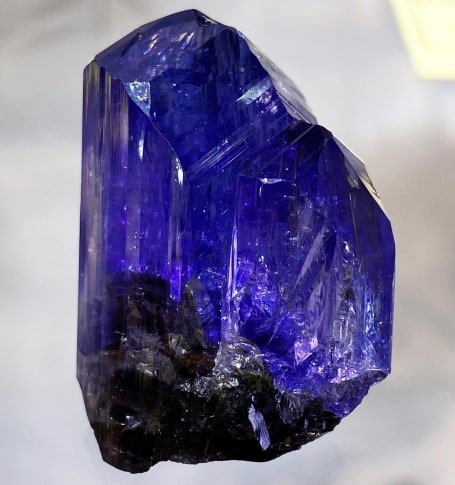
Tanzanite is a variety of zoisites that can be violet, purple, and blue. The different shades of purple and blue you see in tanzanite are due to its strong pleochroism. When valuing tanzanite you’ll learn the most highly saturated stones with a rich blue color are the most sought-after. These beautiful crystals are sourced from […]
Gemologist Guide to Identifying Fluorite
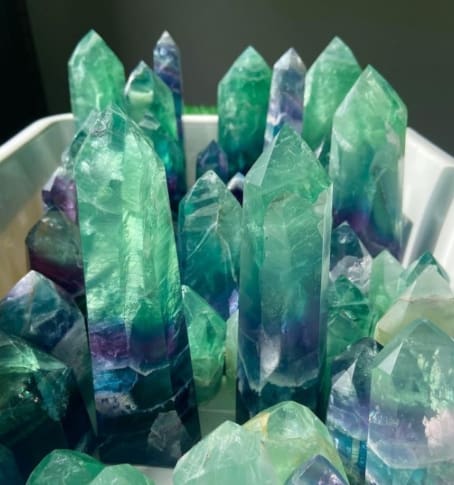
Fluorite is a popular mineral among rock hounds and crystal collectors because its very affordable and crystal specimens are a real pleasure to look at. It comes in a spectrum of colors, and crystal structures, and you can find banding as well. Fluorite will fluoresce under UV light which adds to its collectability. How […]
